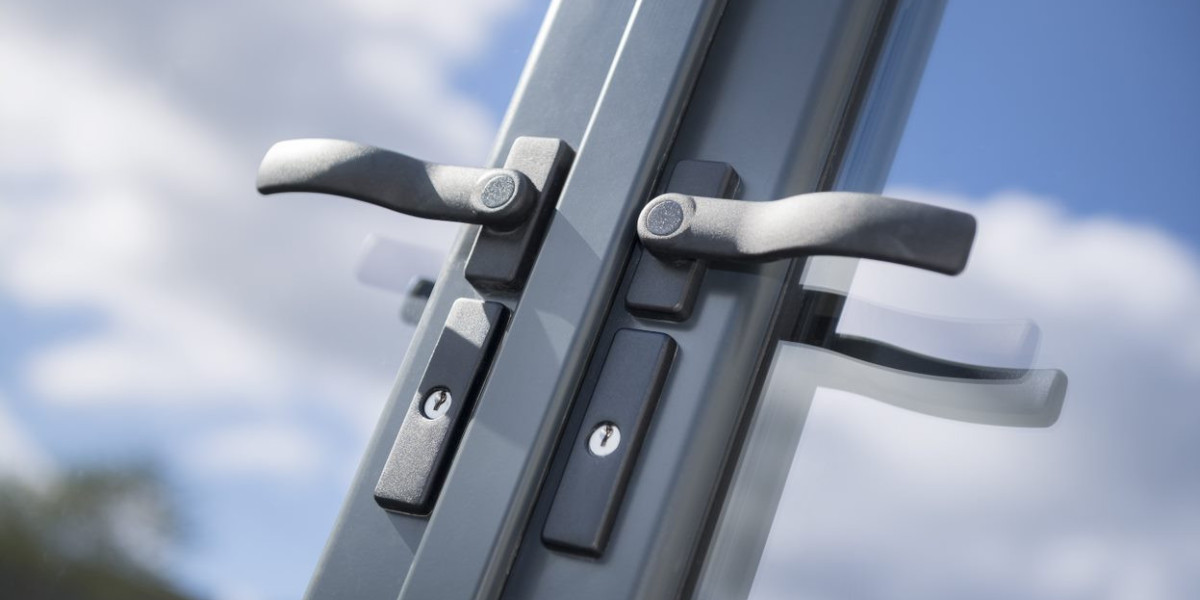
The Purr-fect Solution: A Comprehensive Guide to Indoor Cat Door Installation
As any cat owner understands, supplying a safe and practical method for felines to go into and leave your home can be a difficulty. Conventional doors often posture an issue, as they can be challenging for cats to open and close, and may even position a threat of accidental escape or injury. This is where indoor cat doors come in-- a simple, yet efficient solution that enables your feline buddy to come and go as they please, while preserving the convenience and security of your home.
In this post, we will dive into the world of indoor cat door installation, exploring the advantages, types, and installation processes involved. Whether you're an experienced DIY enthusiast or a newbie homeowner, this comprehensive guide will offer you with all the details you require to produce a purr-fectly functioning cat door for your feline buddy.
Benefits of Indoor cat door for patio door Doors
Before we dive into the installation process, let's take a look at the advantages of indoor cat doors:
• Convenience: Indoor cat doors enable your cat to come and go as they please, eliminating the need for consistent door opening and closing.• Energy Efficiency: By decreasing the number of times you need to open and close traditional doors, indoor cat doors can help lessen heat loss and gain, making your home more energy-efficient.• Safety: Indoor cat doors reduce the risk of unintentional escape or injury, as your cat can securely enter and leave your house without the danger of being caught or hit by a closing door.• Reduced Stress: Indoor cat doors can help in reducing tension and anxiety in both felines and owners, as they eliminate the need for consistent door tracking and create a more peaceful living environment.
Types of Indoor Cat Doors
When it pertains to indoor cat doors, there are a number of types to choose from, each with its own special characteristics and advantages:
- Magnetic British standard cat flap installer Doors: These doors utilize a magnetic closure system to keep the door shut, and are perfect for smaller felines and kittycats.
- Spring-Loaded Cat Doors: These doors utilize a spring-loaded mechanism to keep the door shut, and are appropriate for bigger felines and multi-cat homes.
- Electronic Cat Doors: These doors use sensors and motors to manage access, and are perfect for tech-savvy owners who desire a high-tech solution.
- Handbook Cat Doors: These doors need manual opening and closing, and are ideal for owners who choose a more conventional technique.
Installation Process
Setting up an indoor cat door is a relatively uncomplicated process that needs some basic DIY abilities and tools. Here's a step-by-step guide to assist you get going:
Tools Needed:
- Drill and bits
- Screwdriver and screws
- Measuring tape
- Level
- Pencil and marker
- Shatterproof glass and a dust mask (optional)
Step 1: Choose the Perfect Location
When choosing the best place for your indoor cat door, think about the following aspects:
- Traffic: Choose a place with very little foot traffic to prevent accidents and stress.
- Ease of access: Ensure the location is easily accessible for your cat, and ideally near a food source or litter box.
- Environment: Avoid locations with extreme temperatures, moisture, or drafts.
Step 2: Measure and Mark the Door
Procedure the width of your cat door and mark the center point on the wall or door frame. Utilize a level to make sure the mark is directly, and a pencil to draw a line along the length of the door.
Step 3: Cut Out the Door
Use a drill and bits to eliminate a hole for the cat door, following the manufacturer's instructions for shapes and size.
Step 4: Install the Door Frame
Set up the door frame, guaranteeing it is level and secure. Use screws to attach the frame to the wall or door frame.
Step 5: Add the Door Panel
Attach the door panel to the frame, following the manufacturer's directions for assembly and installation.
Step 6: Test the Door
Check the door to ensure it is operating properly, and make any required adjustments to the positioning or tension.
Regularly Asked Questions (FAQs)
Q: How do I select the right size cat door for my pet?
A: Measure your cat's width and height to figure out the perfect door size. Seek advice from the producer or a pet expert for guidance.
Q: How do I avoid drafts and wetness from entering through the cat door?
A: Install a weatherproof seal or limit to decrease drafts and wetness. Routinely tidy and keep the door to prevent damage.
Q: Can I install an indoor cat door in a bearing wall?
A: It is suggested to prevent setting up cat doors in load-bearing walls, as this can jeopardize the structural integrity of your home. Speak with a professional if you're unsure.
Q: How do I keep other animals or insects from getting in through the cat flap with lock installation door?
A: Install a safe locking system or use a magnetic closure system to avoid undesirable entry. Consider including a screen or mesh to keep insects and pests out.
Idea:
• Add a ramp or action: Create a comfy and safe entry point for your cat by including a ramp or step.• Use a soft-close mechanism: Reduce noise and tension by setting up a soft-close system that slows the door's closure.• Regularly clean and maintain the door: Keep your cat door in top condition by frequently cleaning up and keeping the door and its elements.
In conclusion, setting up an indoor cat door is a basic and effective way to produce a comfy and hassle-free living environment for your feline pal. By following this extensive guide, you can create a purr-fectly functioning cat door that fulfills your pet's requirements and improves your home's convenience and security.








